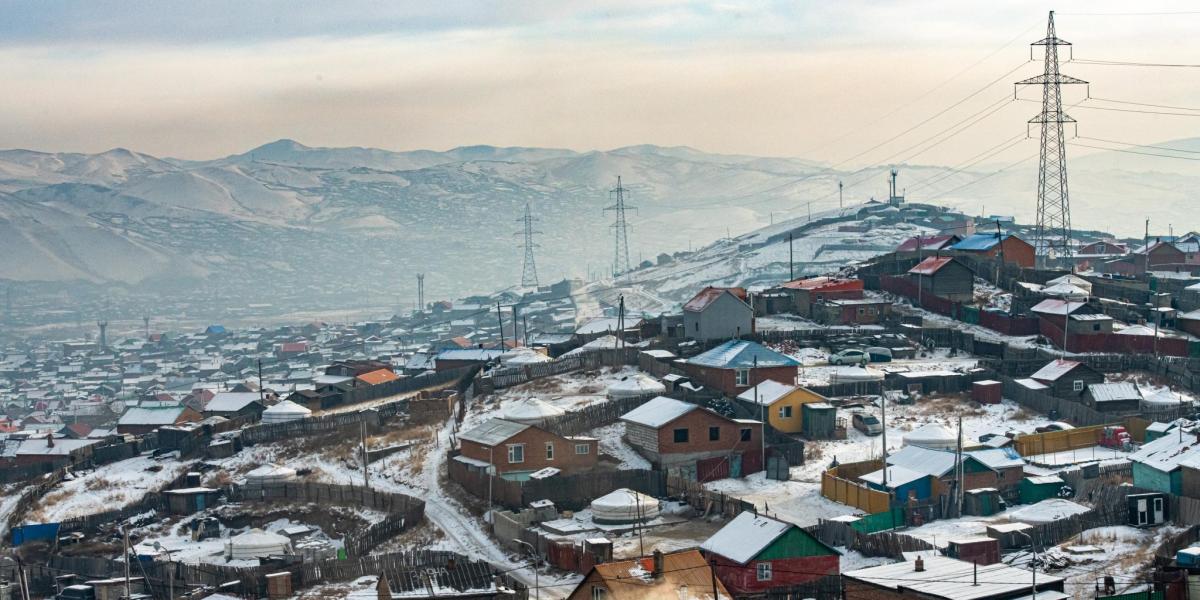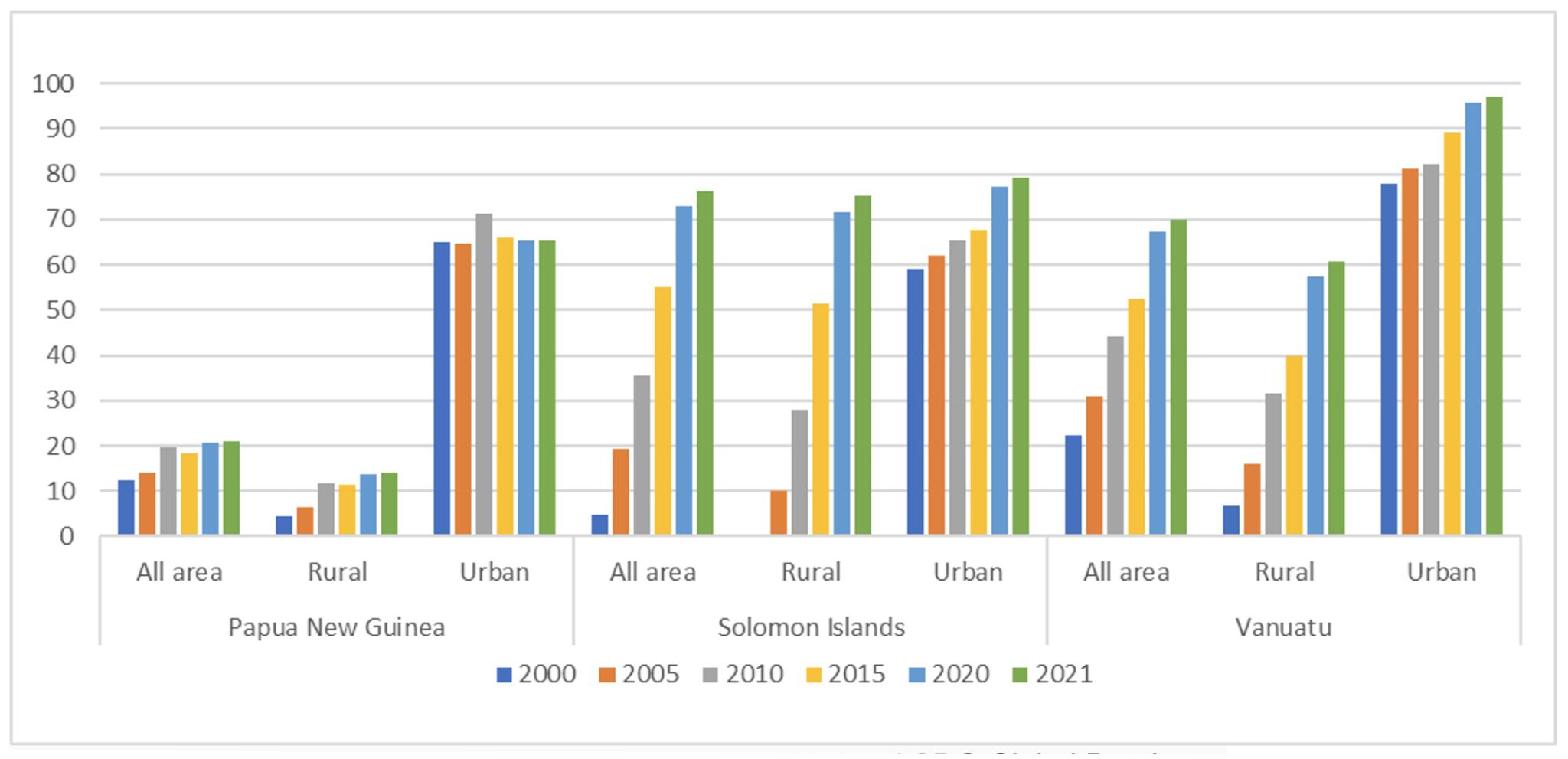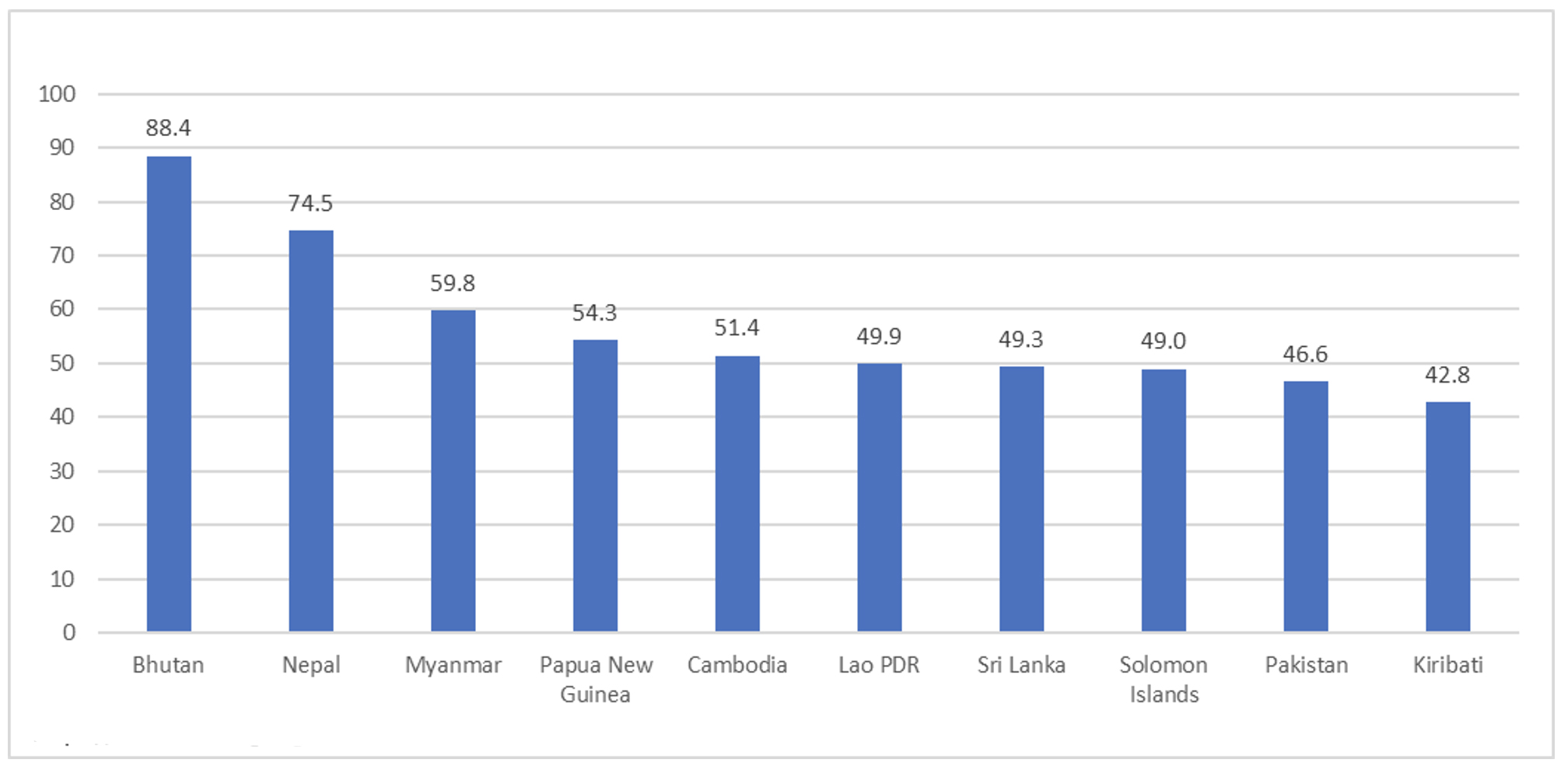Post-Pandemic, Asia is Falling Short on Electricity Access and Switch to Renewables

Great strides were made in bringing power to the people by innovative policies, new technologies, and increased financing, but the region is unlikely to reach energy access targets by 2030. . Photo credit: ADB.
Today’s reality is that more than 350 million people in Asia and the Pacific have only limited access to electricity, and 150 million people still have no access at all, according to the Asian Development Bank.
There has been significant progress in the region toward Sustainable Development Goal 7 on clean and accessible energy. The Lao People’s Democratic Republic, the Philippines, Thailand, and Viet Nam have all made great strides toward achieving universal electrification with the help of clear and ambitious electrification targets. In South Asia, Bangladesh and Sri Lanka also stand out as success stories.
Focusing on the proportion of the total population with access to electricity, the World Bank’s tracking of progress toward SDG 7 shows high and increasing rates of access in the region. The number of people connected to electricity has risen dramatically since 2000 in Central and South Asia from 60% to 96% in 2020. Universal access in East and Southeast Asia is within reach, having risen from 92% to 98% over the same period.
Despite this positive trend, the region is unlikely to reach energy access targets by 2030. Other indicators, such as the share of renewables in the overall energy mix, are moving in the wrong direction, particularly in low-income economies, as UNESCAP data shows.
Energy prices began to increase in 2021, partly due to the rapid economic rebound following the COVID-19 pandemic. But the situation worsened following the Russian invasion of Ukraine in February 2022. The price of natural gas reached record highs last year and as a result, so did electricity in some markets. Oil prices hit their highest level since 2008.
Economies highly exposed to increases in global coal, oil, and gas pricing are suffering trickle-down effects, seeing costs rise not only for energy but also for food, fertilizer, and transport. In developing economies in Asia and the Pacific, where the share of household budgets spent on energy and food is already large, higher energy bills have increased extreme poverty and set back progress toward achieving universal and affordable energy access.
New data in the Asian Development Bank’s (ADB) Basic Statistics 2023 suggests that universal access to electricity is a distinct possibility in many countries in the region. Though this historic milestone is potentially within sight, significant efforts are needed to close the gap of approximately 126 million people, according to a UNESCAP policy brief. This is because most of those who still have no electricity are in poor, often isolated, rural areas where providing power remains expensive and logistically challenging.
Proportion of Population with Access to Electricity Among Developing Economies in Asia and the Pacific with the Lowest Electrification Rates, 2000–2021

Source: Basic Statistics 2023 using data from the United Nations’ SDG Global Database.
https://unstats.un.org/sdgs/dataportal (accessed 1 April 2023).
Even before the pandemic and Russian invasion of Ukraine, the region was not on track to reach the SDG 7 targets on energy efficiency, renewable energy, and clean cooking fuels. A combination of recent economic slowdowns and price increases look like serious setbacks to Asia’s transition to clean energy.
In some cases, the overlapping shocks have led many countries to take the regressive step of ramping up fossil fuel production. In addition, many economies face increased debt burdens because of the pandemic and inflation, meaning immediate social and economic concerns have taken precedent over the transition to sustainable energy.
Yet, the current energy hiatus has sparked a reappraisal of energy policies and priorities in the region, calling into question the viability of decades of infrastructure and investment decisions. The hope is that these price hikes in the fossil fuel sector could accelerate the rollout of cleaner, sustainable energy, such as wind and solar.
Asia and the Pacific has abundant renewable energy resources. Basic Statistics 2023 data show that there are economies like Sri Lanka, Pakistan, and Cambodia that source almost half their final energy mix from renewables. In all three cases, the percentage of renewables is continuing to grow.
Top 10 Developing Economies in Asia and the Pacific with the Highest Renewable Energy Share in Total Final Energy Consumption (TFEC), 2020

Lao PDR = Lao People’s Democratic Republic.
Source: Basic Statistics 2023 using data from the United Nations’ SDG Global Database.
https://unstats.un.org/sdgs/dataportal (accessed 1 April 2023).
While per capita installed renewable generating capacity has increased more than six-fold in 2000–2020 for the region as a whole, a clear divide exists in the pace of progress between wealthier and poorer nations. High-income and upper middle-income economies are boosting renewable electricity generating capacity, while lower middle-income economies are progressing at a slower rate, and low-income economies are regressing, UNESCAP notes in a brief.
The main impediments to greening the region’s energy portfolio remain lack of financing and low capacity in many economies in developing Asia. Countries are not uniformly equipped with the policies, capacities, or financing mechanisms needed to support accelerated progress toward renewables. At the same time, vulnerable economies are likely to be left behind in the energy transition unless they receive increased support.
ADB invested $8.5 billion in clean energy from 2016 to 2020. While a large part of ADB’s energy portfolio is still allocated to transmission and distribution projects, it has been increasingly focusing on renewable energy generation and energy efficiency through its Clean Energy Program since 2008.
To provide universal energy access by 2030, the region needs vast amounts of finance and investment. To achieve these levels of investment, the region requires a combination of increased public sector financing, along with the right incentives and policies to drive a major scale-up in private sector financing in clean energy.
The formula that worked in Bangladesh, which now has the world’s largest off-grid solar power program, was combining external expertise in infrastructure financing with the government’s pioneering work in microfinancing and private sector solar electrification to build a scalable off-grid electrification business model. The program has enabled 20 million people in rural areas to access electricity through the successful introduction of affordable off-grid renewable energy via a public–private partnership.
The lesson learnt from Bangladesh and other regional success stories is that governments need to establish policies and regulations linked to innovative financing mechanisms that support viable clean energy technology.
Effectively scaling up renewable energy initiatives in low-income economies remains very challenging. Adopting time-bound energy targets, allocating funds to their achievement, and defining strategies for delivering against them all help. This is particularly true for electrifying rural and remote communities and for energy services, such as cooking.
Having strong institutions is also critical to bringing about policy changes in the clean energy sector. Institutions, such as Malaysia’s Sustainable Energy Development Authority (SEDA), the Sustainable Energy Authority in Sri Lanka, Nepal’s Alternative Energy Promotion Center, and India’s Bureau of Energy Efficiency, have emerged as lead focal points in their respective countries on matters related to renewable energy and energy efficiency.
A. Cabraal et al. 2021. Living in the Light: the Bangladesh Solar Home Systems Story. Washington: World Bank.
Asian Development Bank (ADB). Basic Statistics Series.
ADB. ADB’s Work in the Energy Sector.
ADB. Clean Energy Program.
United Nations Economic and Social Commission for Asia and the Pacific (UNESCAP). SDG Gateway – Asia and the Pacific.
UNESCAP. 2022. Slow Advancements in Sustainable Energy. Policy Brief 2022/01.
World Bank. Tracking SDG 7.
This was originally posted on Development Asia.
Last Updated: 10 July 2023
